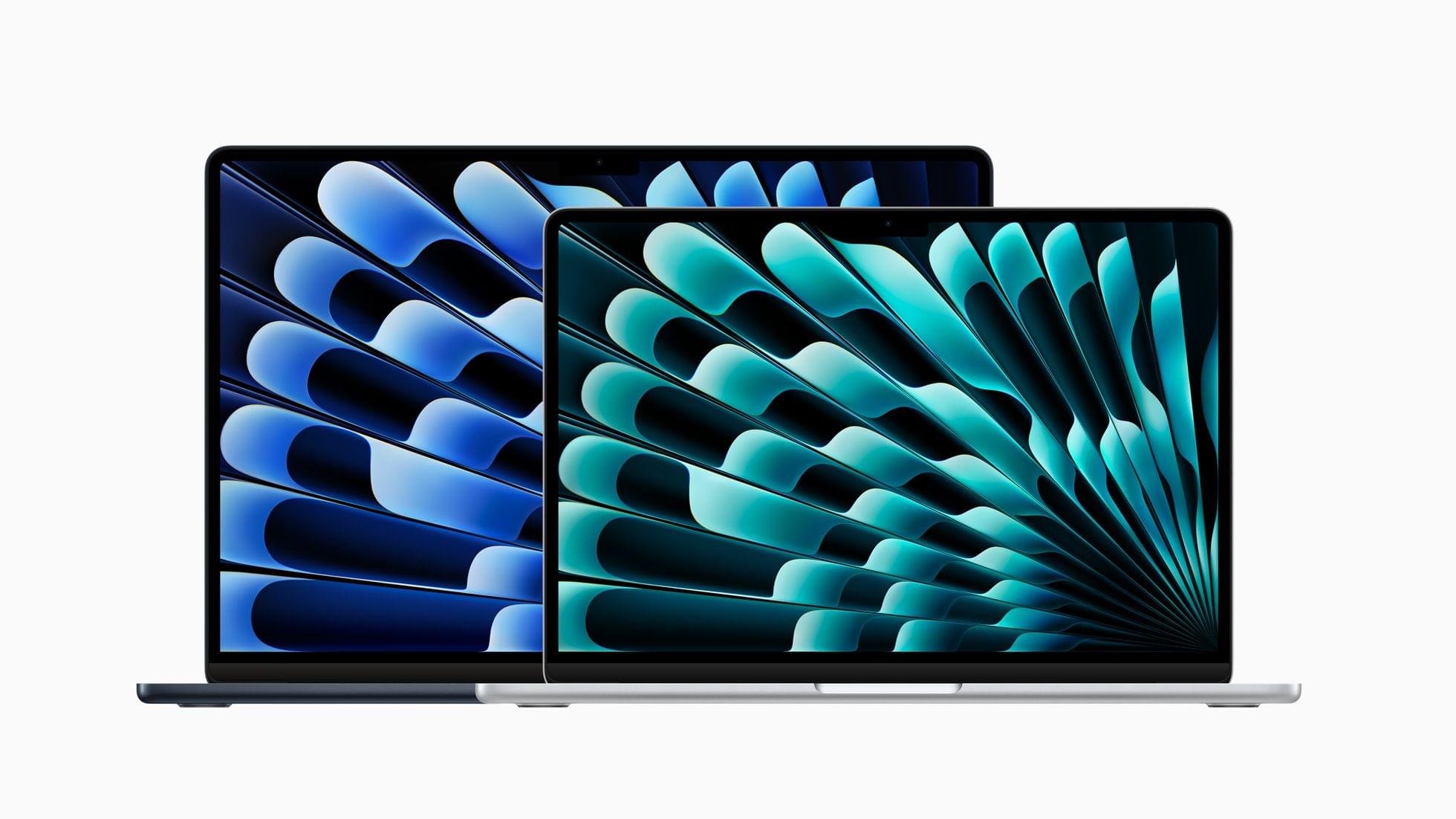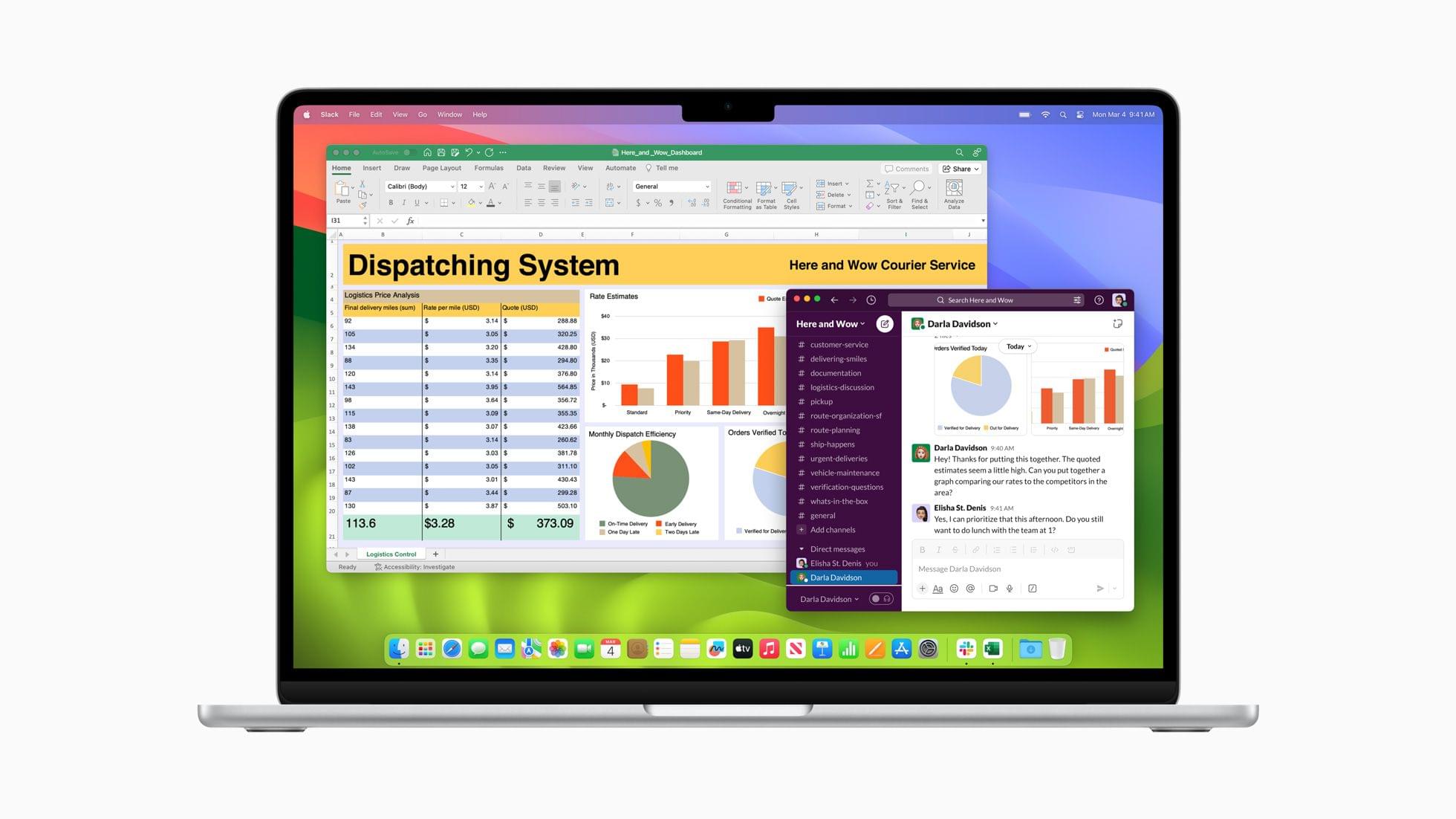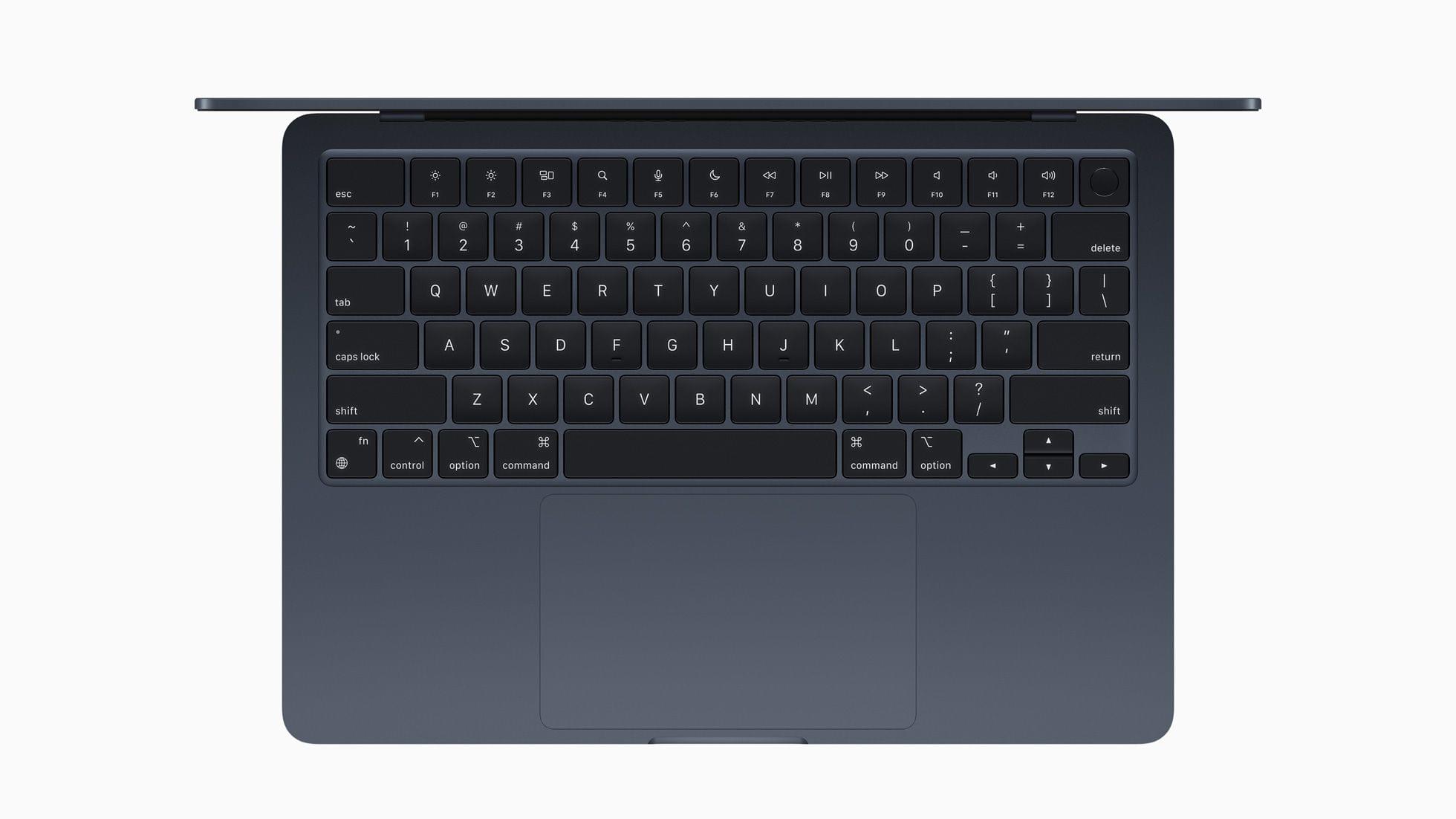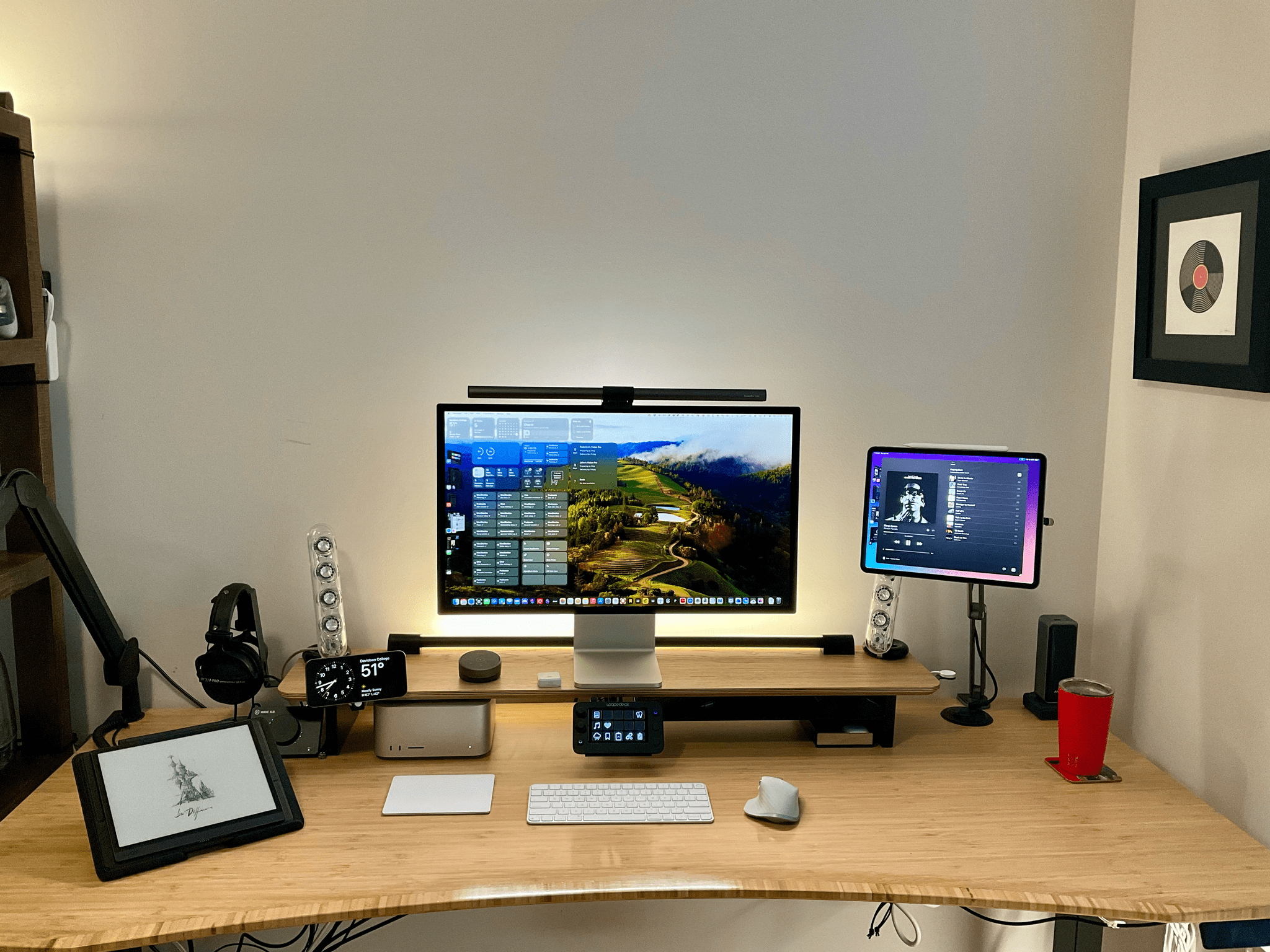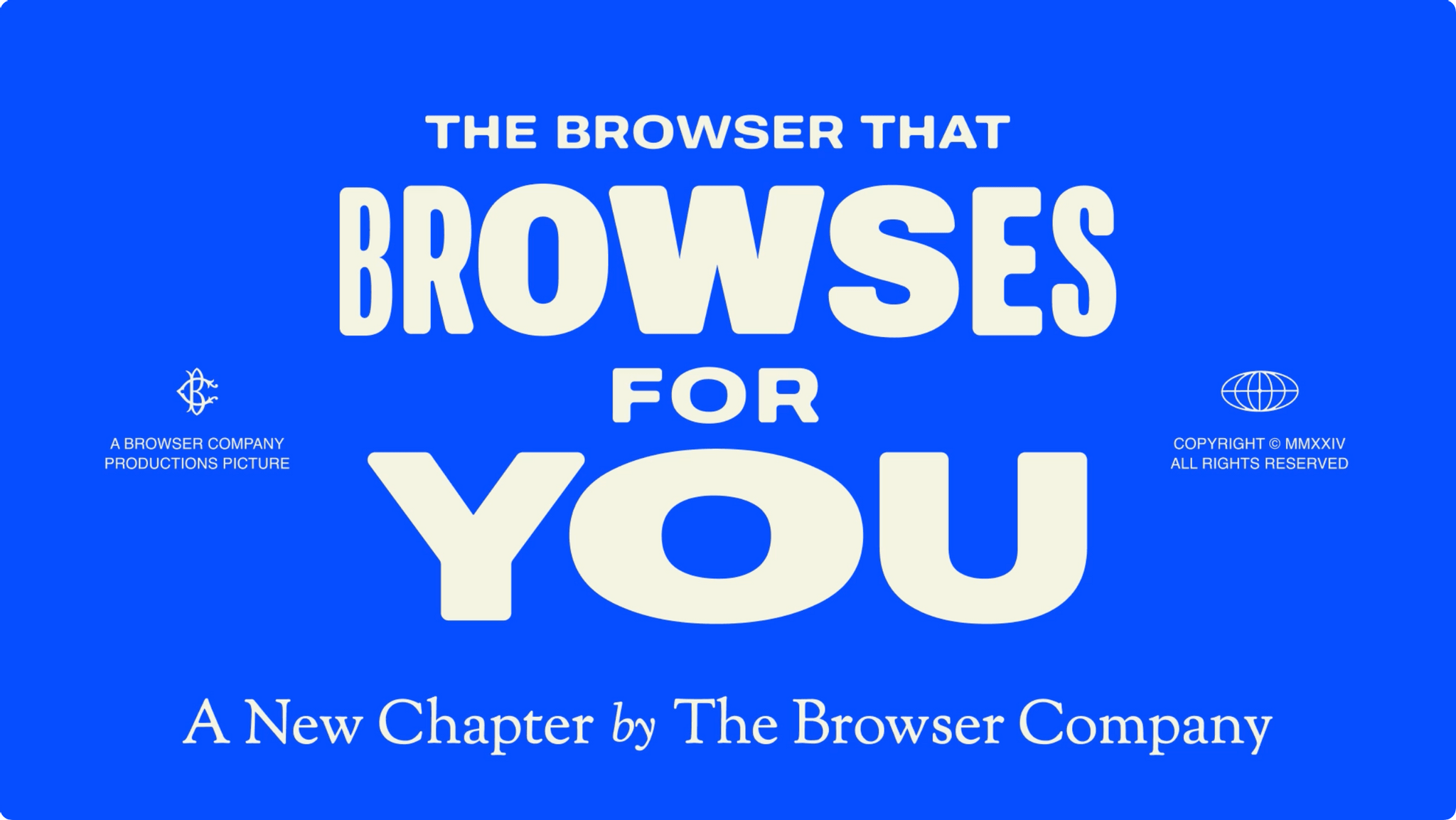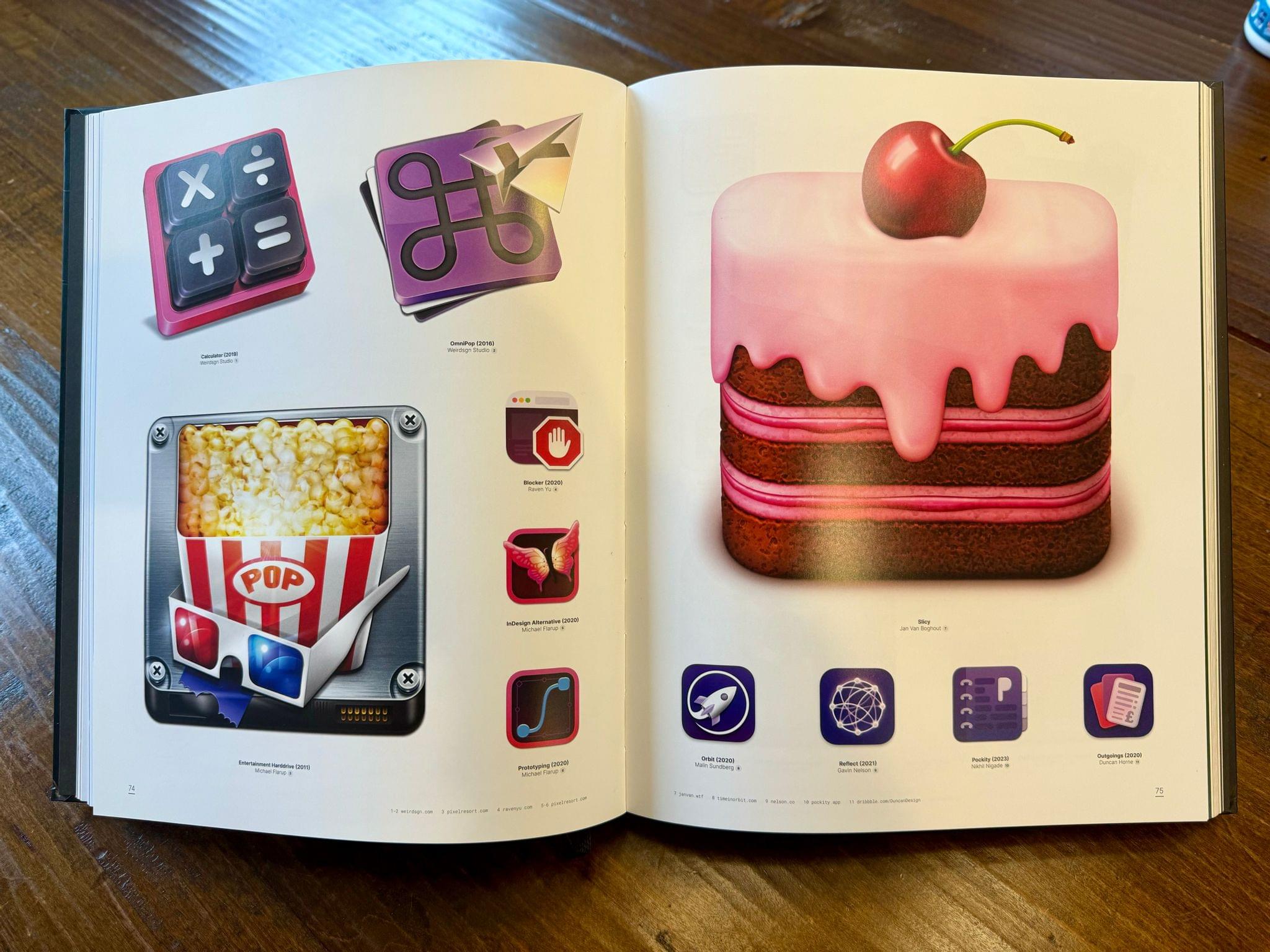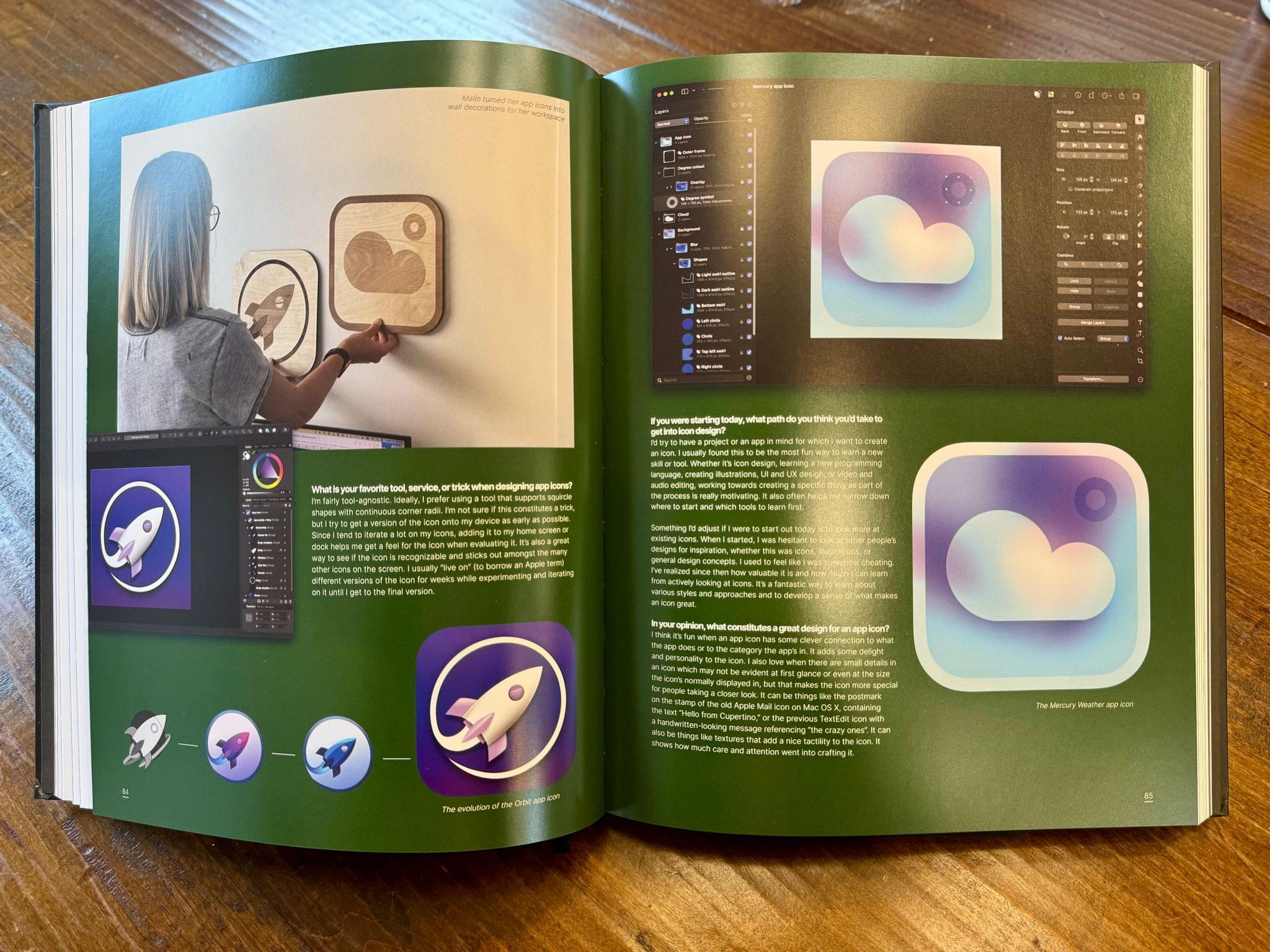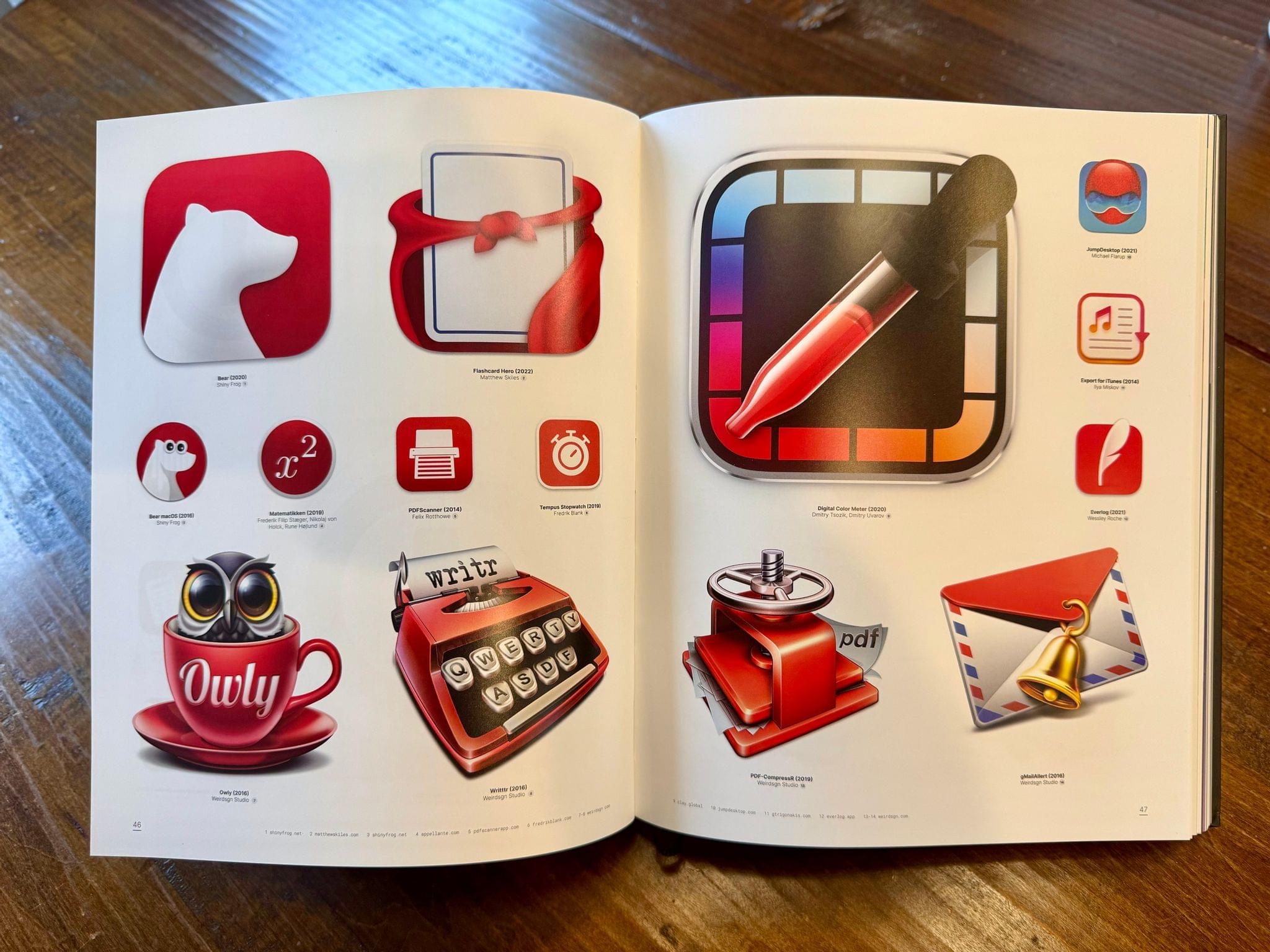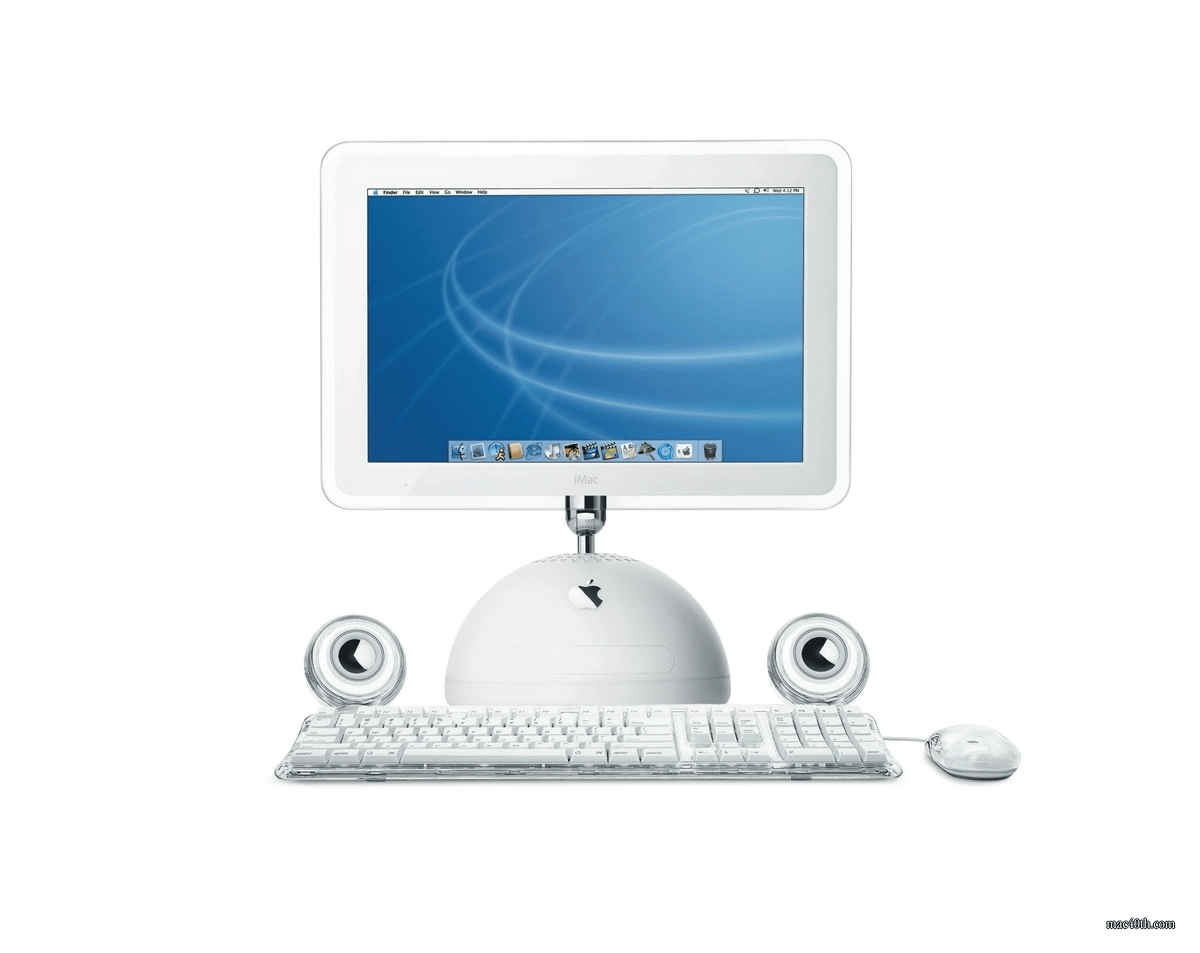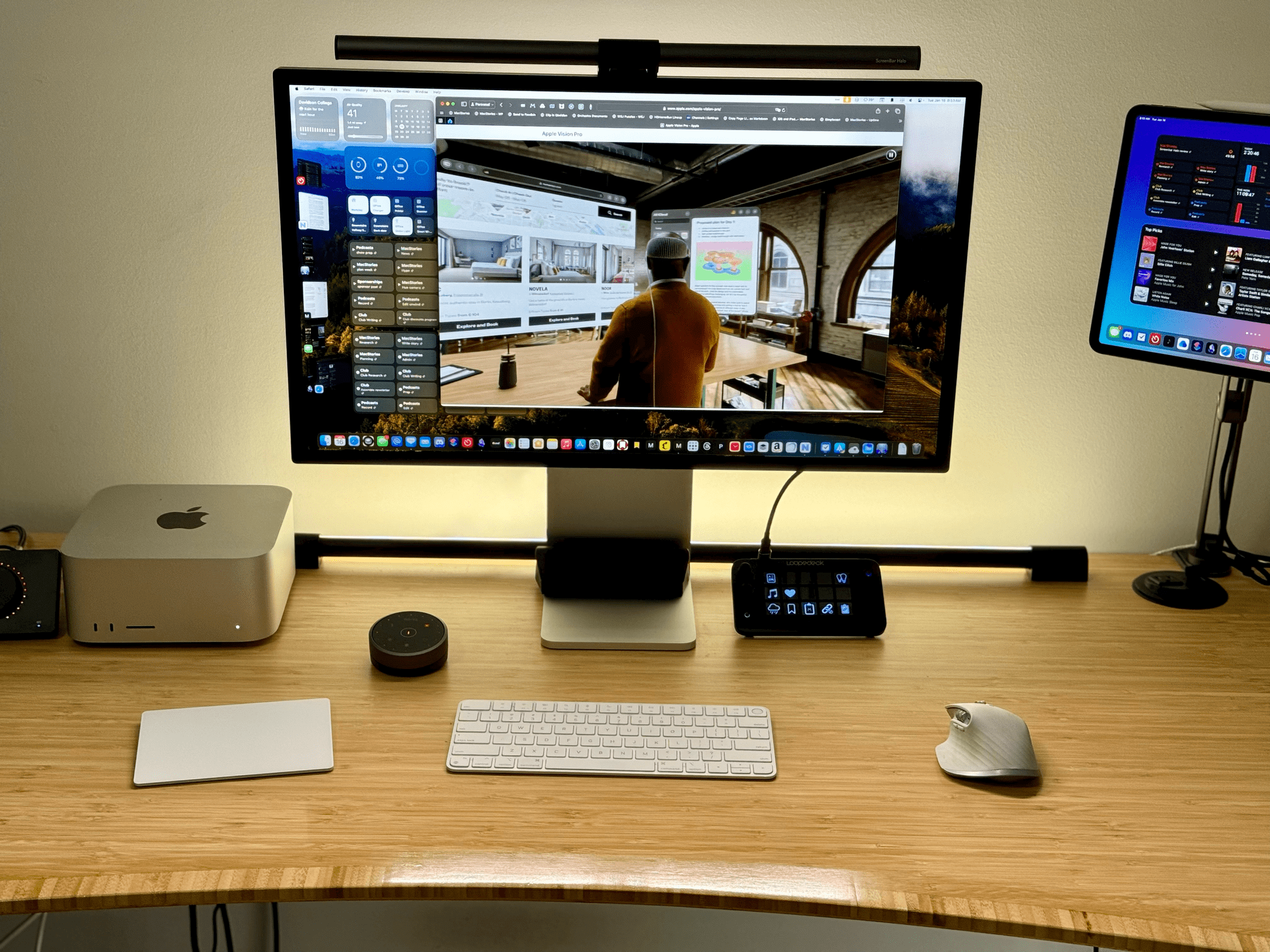Apple has unveiled new 13- and 15-inch MacBook Airs that feature the M3 processor, Wi-Fi 6E, support for two external displays, and up to 18 hours of battery life.
The M3 chipset features an 8-core CPU, up to a 10-core GPU, and up to 24GB of unified memory. Apple says that makes the new Airs up to 60% faster than the M1 Air and 13x faster than the fastest Intel-based Air, but they do not compare it to the M2 Air. The M3 MacBook Airs also include Apple’s latest media engine, which supports AV1 decoding for video streaming services.
Apple provided other points of comparison between the new M2 MacBook Airs and the M1 and fastest Intel models based on tests conducted in January:
- Game titles like No Man’s Sky run up to 60 percent faster than the 13-inch MacBook Air with the M1 chip.
Enhancing an image with AI using Photomator’s Super Resolution feature is up to 40 percent faster than the 13-inch model with the M1 chip, and up to 15x faster for customers who haven’t upgraded to a Mac with Apple silicon.
Working in Excel spreadsheets is up to 35 percent faster than the 13-inch model with the M1 chip, and up to 3x faster for customers who haven’t upgraded to a Mac with Apple silicon.
Video editing in Final Cut Pro is up to 60 percent faster than the 13-inch model with the M1 chip, and up to 13x faster for customers who haven’t upgraded to a Mac with Apple silicon.
Compared to a PC laptop with an Intel Core i7 processor, MacBook Air delivers up to 2x faster performance, up to 50 percent faster web browsing, and up to 40 percent longer battery life.
In its press release, Apple also says the M3 MacBook Air’s 16-core Neural Engine and CPU and GPU machine learning accelerators make it the best laptop for AI, too.
The new 13-inch MacBook Airs start at $1,099 ($999 for education customers). The new 15-inch models start at $1,299 ($1,199 for education customers). Both models are available to order today in midnight, starlight, silver, and space gray, with deliveries and in-store availability beginning Friday, March 8th.
In addition, Apple has dropped the price of the 13-inch M2 MacBook Air to $999 ($899 for education customers).


